America has always been a place of mystery when it comes to its ancient past. From long-forgotten cultures to hidden treasures beneath the earth, the continent holds a wealth of archaeological wonders waiting to be uncovered. Some of these discoveries have completely changed our understanding of history, shedding light on the lives of indigenous people, early explorers, and long-lost civilizations.
In this list, we’ll take a closer look at 20 of the most mind-blowing archaeological finds in America—each offering a unique glimpse into a world that has long since vanished. From ancient artifacts to entire cities buried under the soil, these discoveries highlight the rich and complex history that makes America’s past so fascinating.
Cahokia Mounds
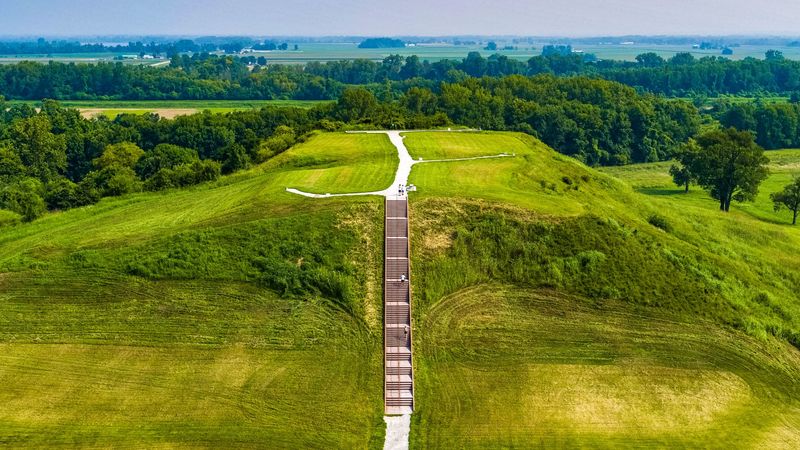
Cahokia Mounds, located in Illinois, is a testament to the sophisticated society that thrived there over a thousand years ago. Imagine a bustling urban center with enormous earthen structures. The largest, Monks Mound, still stands proudly, dominating the landscape.
Visitors today can wander through these mesmerizing earthworks, each mound echoing stories of ceremonies and community life. The scale and complexity of Cahokia challenge our understanding of pre-Columbian civilizations.
As you explore, consider the ingenuity required to build such a city without modern tools. It’s a humbling experience, connecting us to a rich, forgotten world.
Mesa Verde Cliff Dwellings
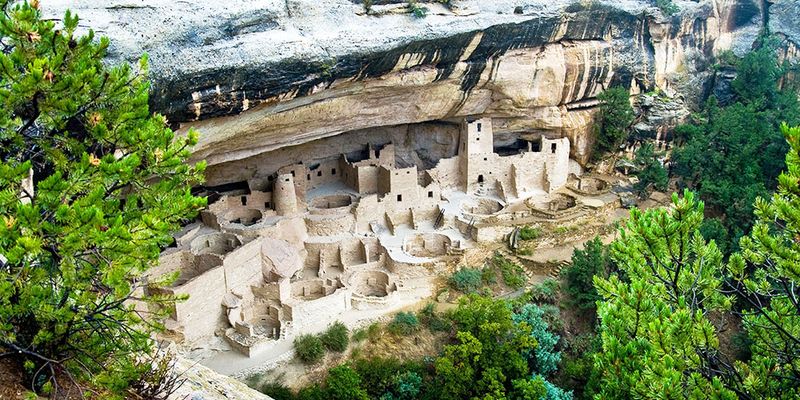
Perched within the cliffs of Colorado, the Mesa Verde Cliff Dwellings are an extraordinary example of ancient engineering. These stone and mortar homes, skillfully crafted into the rock face, were once bustling with life.
Imagine families sharing stories by the hearth, with breathtaking views of the rugged landscape. The dwellings speak volumes about the resilience and adaptation of the Ancestral Puebloans.
Today, these structures offer a window into the past, inviting us to ponder the daily lives of their builders. It’s a place where history comes alive, whispering secrets of a time long gone.
Serpent Mound
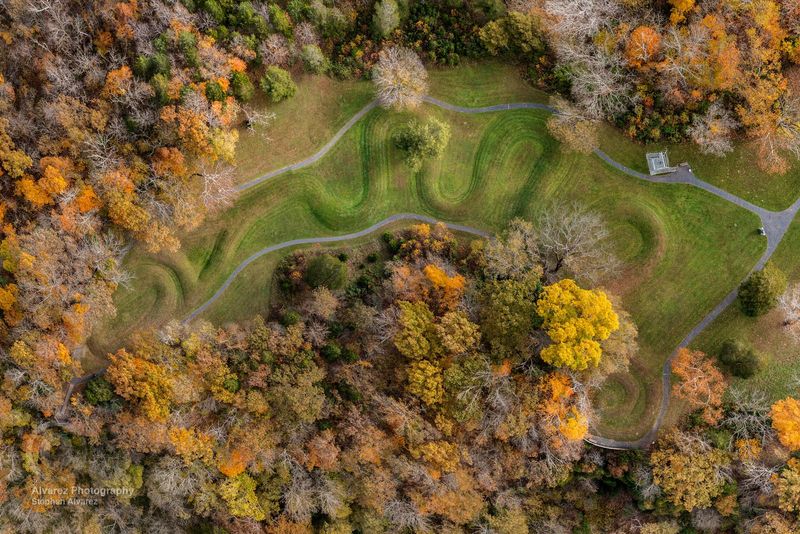
Ohio’s Serpent Mound is a marvel of prehistoric design, a winding earthwork shaped like a serpent. Stretching over 1,300 feet, it has intrigued archaeologists and visitors alike with its enigmatic purpose.
Some theories suggest it was used for celestial observations, aligning with the solstices. Standing at the site, one can’t help but feel a sense of awe.
The mound’s precise construction raises questions about the builders’ knowledge and intentions. It’s a reminder of the mysteries that ancient peoples left behind, urging us to explore and understand their world.
Chaco Canyon
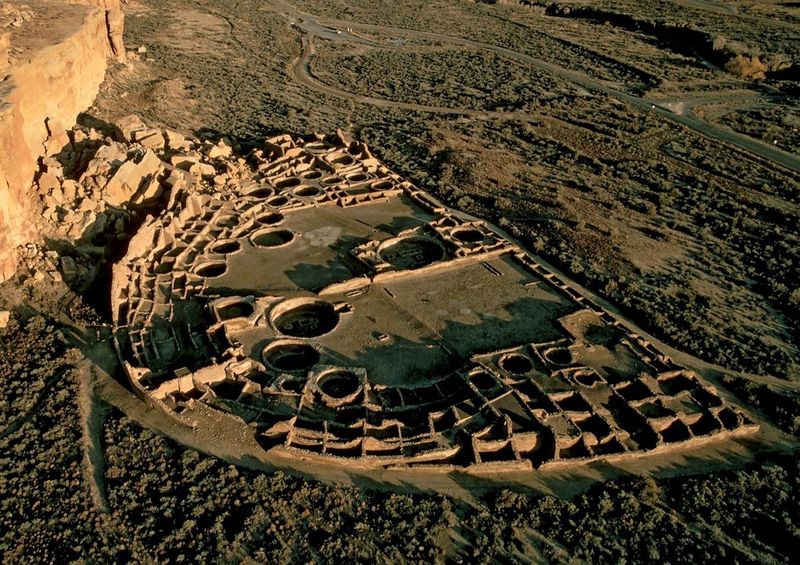
In the heart of New Mexico lies Chaco Canyon, a hub of trade, culture, and astronomy for the ancient Puebloans. Its massive stone buildings, known as great houses, were once bustling centers of activity.
Imagine the sounds of daily life, markets filled with traders, and ceremonies echoing between the canyon walls. The architectural precision reflects a society deeply connected to the cosmos.
Today, Chaco Canyon invites us to marvel at its grandeur and ponder the astronomical alignments that guided its builders. It’s a testament to a civilization’s vision and ingenuity, still inspiring awe.
Taos Pueblo
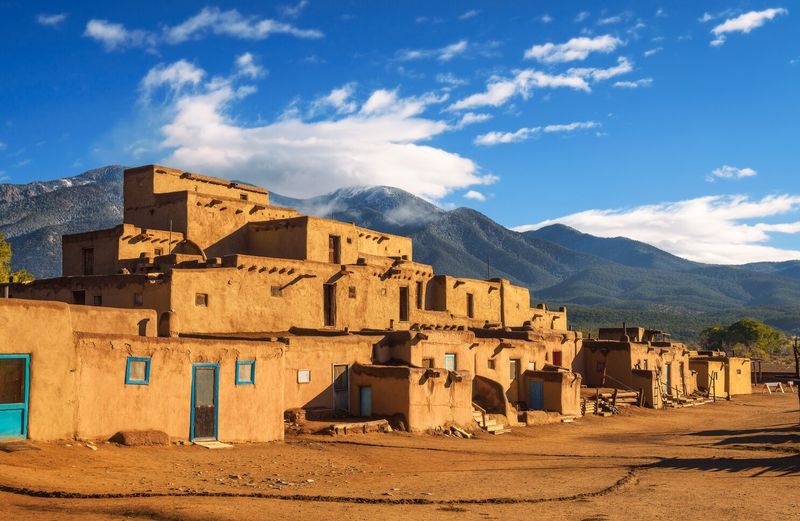
Nestled in New Mexico, Taos Pueblo stands as a living testament to centuries-old traditions. These multi-storied adobe buildings have been continuously inhabited for over a millennium.
Picture a vibrant community, with its inhabitants carrying on the customs passed down through generations. The Pueblo offers a unique glimpse into a thriving culture that has endured the test of time.
Walking through the village, it’s easy to feel the connection between past and present, as the Pueblo remains a cornerstone of Native American heritage. It’s a symbol of resilience and continuity.
Clovis Culture Artifacts
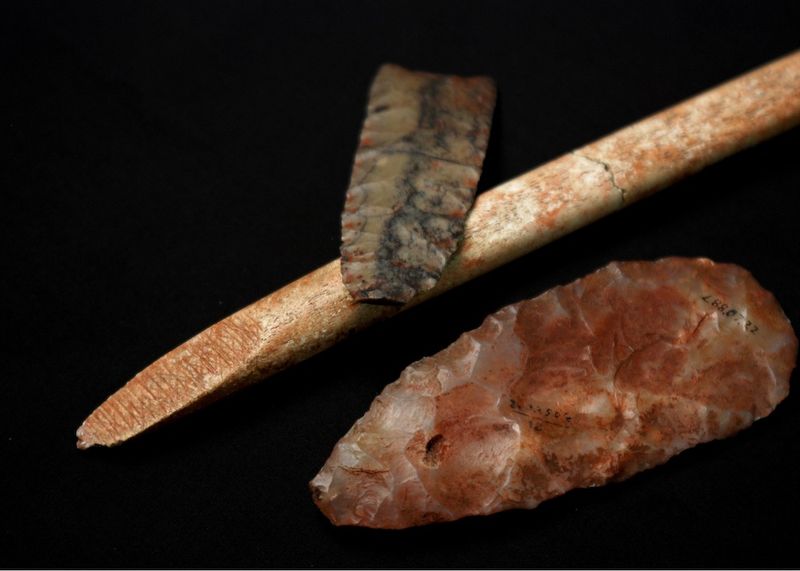
The Clovis culture, known for its distinctive spear points, represents some of the earliest human activity in North America. These artifacts, often found in association with prehistoric megafauna, offer insights into ancient hunting practices.
Imagine hunters tracking mammoth herds, relying on their finely crafted tools for survival. The precision of Clovis points speaks to a remarkable understanding of craftsmanship and materials.
As you examine these artifacts, consider the ingenuity and adaptability of early humans. They provide a tangible link to our distant ancestors, reminding us of the shared heritage that connects humanity.
Moundville Archaeological Park
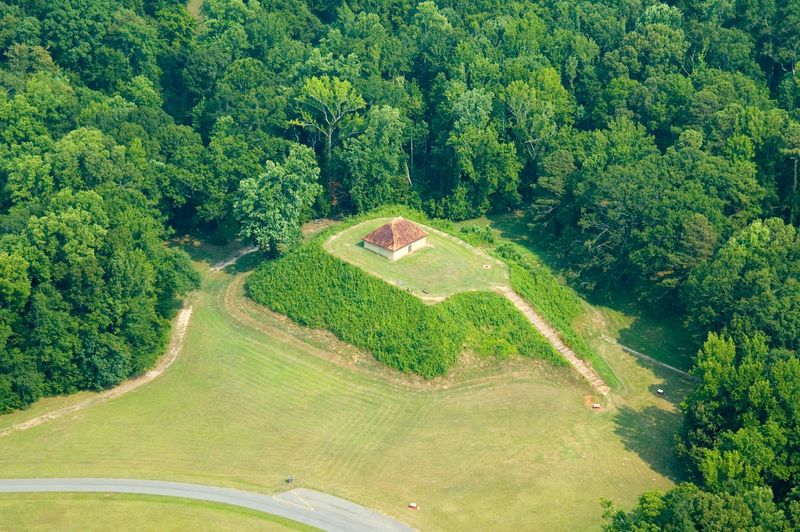
Alabama’s Moundville Archaeological Park is a window into the Mississippian culture, known for its complex society and impressive earthworks. Once a thriving ceremonial center, it was home to thousands.
Imagine a vibrant hub of activity, with plazas bustling with people and rituals shaping the community’s spiritual life. The mounds, still standing tall, reflect the social and political significance of the site.
Today, Moundville offers a chance to explore these ancient structures, fostering a deeper appreciation for the cultural legacy of the Mississippian people. It’s a journey into a forgotten world, rich with history.
Poverty Point
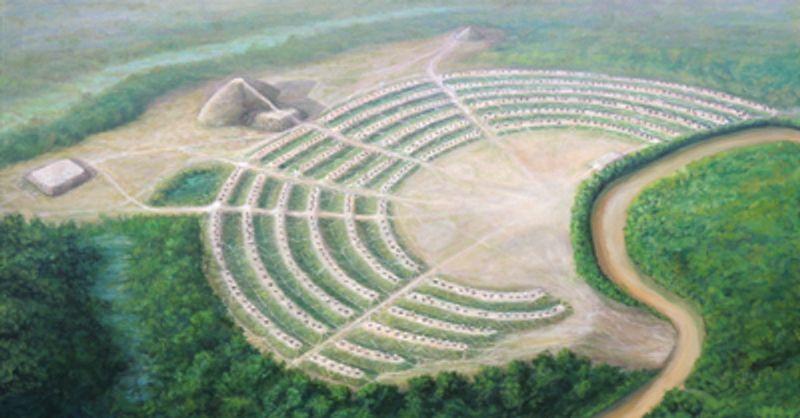
Poverty Point in Louisiana is a prehistoric site of grand scale and monumental design. Its concentric ridges and massive mounds were crafted by a complex society over 3,000 years ago.
Envision a place of gathering, trade, and ceremony, bustling with activity and exchange. The engineering marvels of Poverty Point continue to puzzle archaeologists, revealing a sophisticated culture.
Visitors can explore these impressive earthworks, tracing the steps of ancient peoples. It’s a place where history and mystery intertwine, challenging our understanding of early civilization and innovation.
Hopewell Culture National Historical Park
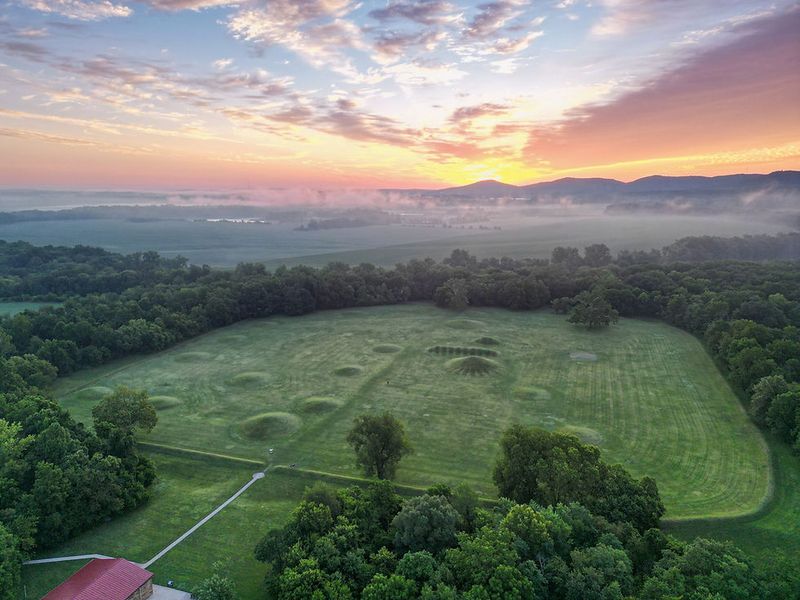
Ohio’s Hopewell Culture National Historical Park showcases the ingenuity of the Hopewell people, known for their elaborate earthworks and artistic creations. These geometric mounds reflect a sophisticated understanding of design.
Picture a landscape where ceremonies and gatherings brought communities together, forging bonds through shared traditions. The earthworks are a testament to the cultural and spiritual life of the Hopewell people.
Today, the park invites curiosity and exploration, offering a glimpse into a world where art and architecture flourished. It’s a celebration of creativity and communal effort, connecting past and present.
Kennewick Man
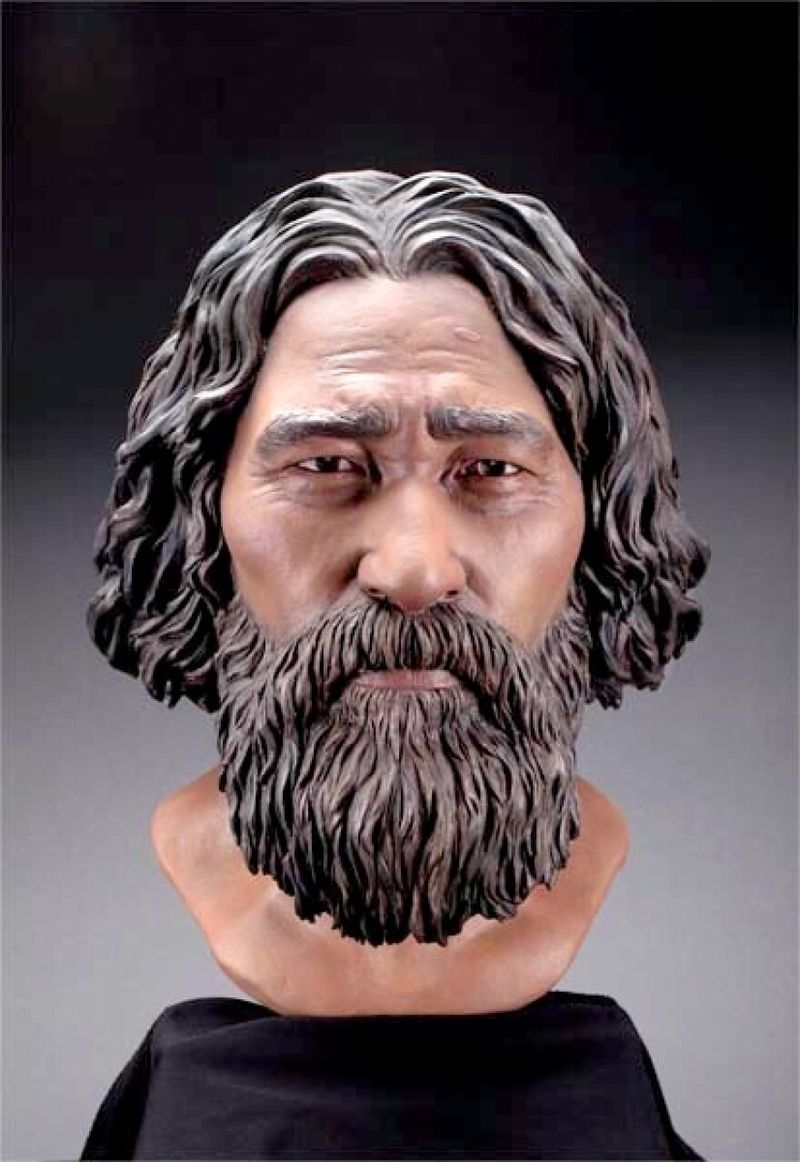
Kennewick Man, discovered in Washington State, offers a glimpse into the lives of early inhabitants of North America. This ancient skeleton, over 9,000 years old, has sparked debates and insights into our ancestry.
Imagine the life and times of this early human, navigating a world vastly different from our own. The discovery challenges previous understandings of migration and adaptation.
As you view the reconstructed face of Kennewick Man, consider the connections between past and present, and the shared journey of humanity. It’s a story of exploration, survival, and discovery, etched in bone.
Ancestral Puebloan Kivas
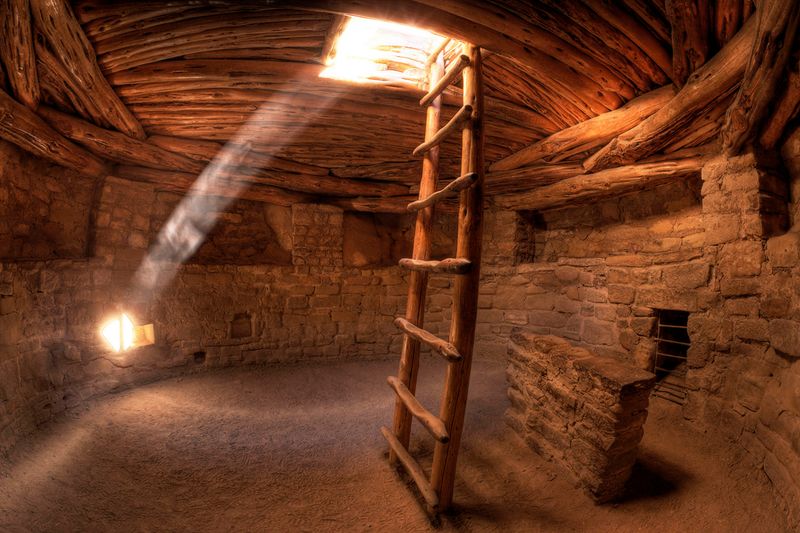
Kivas, sacred ceremonial rooms of the Ancestral Puebloans, offer a unique insight into spiritual life. These circular, subterranean spaces were central to religious and communal activities.
Picture gatherings around a fire, where stories and traditions were passed down through generations. The kivas’ architecture reflects a deep connection to the earth and cosmos.
Visiting a kiva today, one can almost hear the echoes of ancient chants, feel the warmth of community. It’s a place where the past comes alive, bridging the gap between ancient beliefs and contemporary understanding.
The Great Serpent Mound
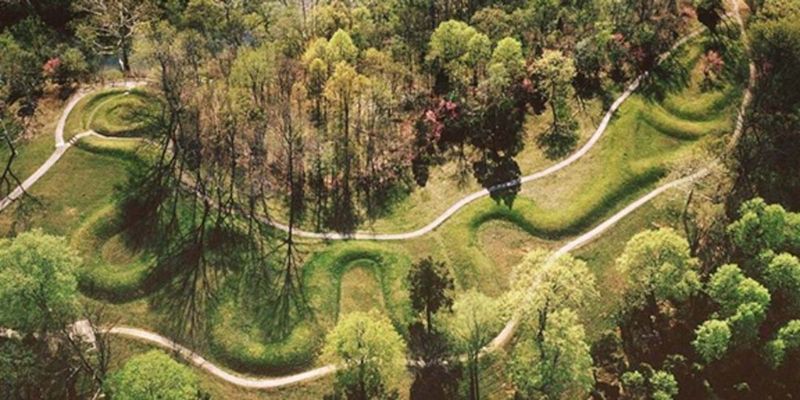
The Great Serpent Mound in Ohio is an iconic earthwork, believed to date back over a thousand years. It’s a testament to the artistic and astronomical knowledge of its creators.
Consider the winding shape of the serpent, its coils aligned with celestial events. The mound captures the imagination, inviting speculation about its purpose and symbolism.
Walking along the serpent’s path, one is drawn into a world of mystery and wonder. It’s a place where the earth itself tells a story, whispering secrets of ancient peoples and their cosmic connections.
Hohokam Canals
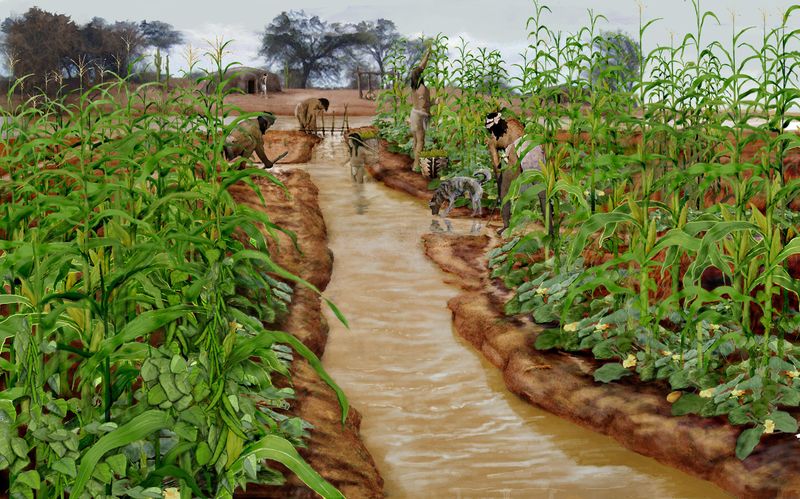
The Hohokam people of Arizona engineered an extensive network of canals, transforming the desert into fertile farmland. These ancient irrigation systems demonstrate remarkable innovation and adaptation.
Picture a thriving community, with crops flourishing in the arid landscape, sustained by the intricate canal network. The engineering prowess of the Hohokam is evident in their ability to harness and manage water resources.
Exploring these canals today, one gains an appreciation for the ingenuity and determination of the Hohokam. It’s a legacy of sustainability and resourcefulness, offering lessons for our modern world.
Spiro Mounds
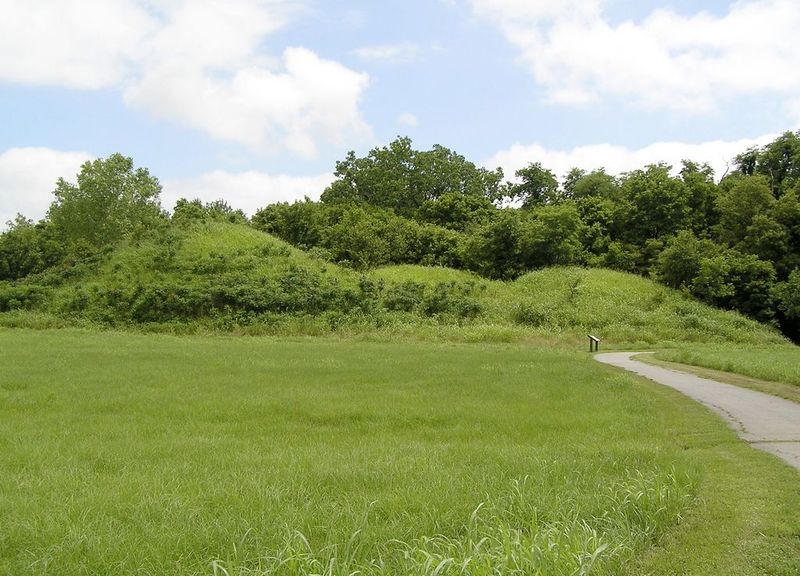
Oklahoma’s Spiro Mounds once stood as a cultural and ceremonial center for the Mississippian people. The mounds, filled with artifacts, reveal a complex society rich in art and ritual.
Imagine the vibrant gatherings and ceremonies that once took place here, with the mounds serving as focal points for the community. The artifacts unearthed provide a glimpse into the craftsmanship and spirituality of the people.
Visiting Spiro Mounds offers an opportunity to connect with this intriguing past, exploring the layers of history embedded within the earth. It’s a journey of discovery, rich with cultural significance.
Effigy Mounds National Monument
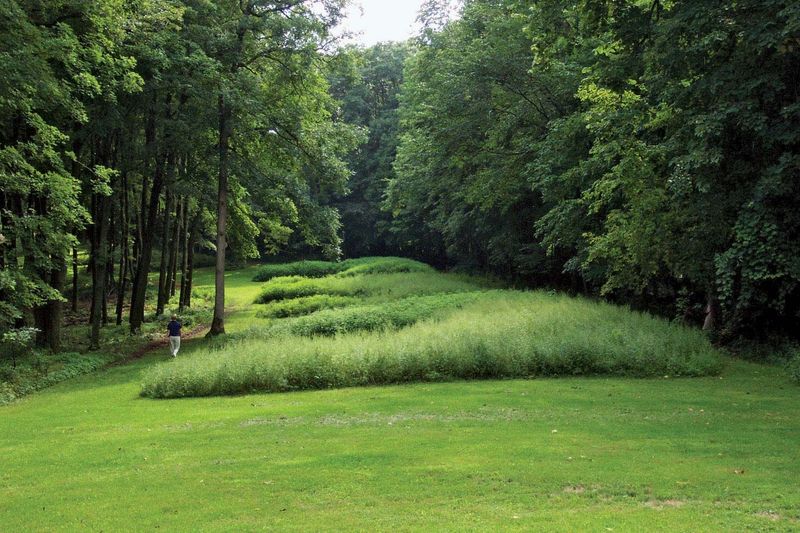
Iowa’s Effigy Mounds National Monument is home to numerous animal-shaped earthworks, crafted by Native American cultures. These effigies, depicting bears, birds, and more, carry spiritual and cultural significance.
Imagine a landscape where the natural and the sacred intertwine, the effigies serving as connections between the people and their environment. Each mound tells a story, echoing beliefs and traditions.
Exploring these mounds offers a chance to reflect on the intricate relationships between humans and nature. It’s a place where art and spirituality converge, inviting contemplation and respect for ancient wisdom.
Etowah Indian Mounds
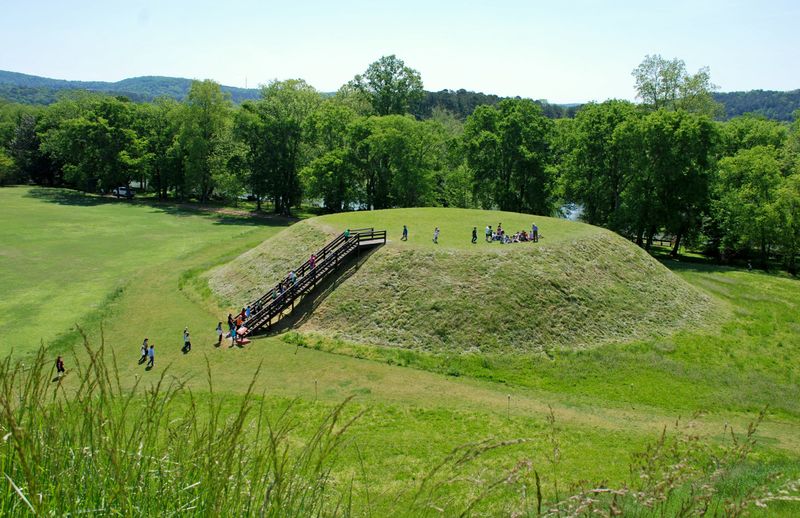
Georgia’s Etowah Indian Mounds are a striking reminder of the Mississippian culture’s achievements. These towering earthworks were once central to political and ceremonial life.
Picture the bustling activity of a thriving community, the mounds serving as platforms for leaders and rituals. The artifacts found here paint a vivid picture of a society rich in art and trade.
Today, the Etowah Mounds invite exploration and reflection, offering insights into a complex and dynamic culture. It’s a journey into a world of political power and spiritual expression, connecting us to our shared past.
Cahokia Copper Workshop

The Cahokia Copper Workshop reveals a fascinating aspect of the ancient Cahokia civilization. This site, known for its production of copper tools and ornaments, highlights the craftsmanship and trade networks of the time.
Imagine artisans skillfully shaping copper, their creations reflecting both utility and artistry. The workshop stands as a testament to the technological advancements and cultural exchanges of Cahokia.
Viewing these artifacts today, one gains an appreciation for the ingenuity and creativity of the past. It’s a glimpse into a vibrant culture, where art and technology flourished, leaving a lasting legacy.
Gila Cliff Dwellings
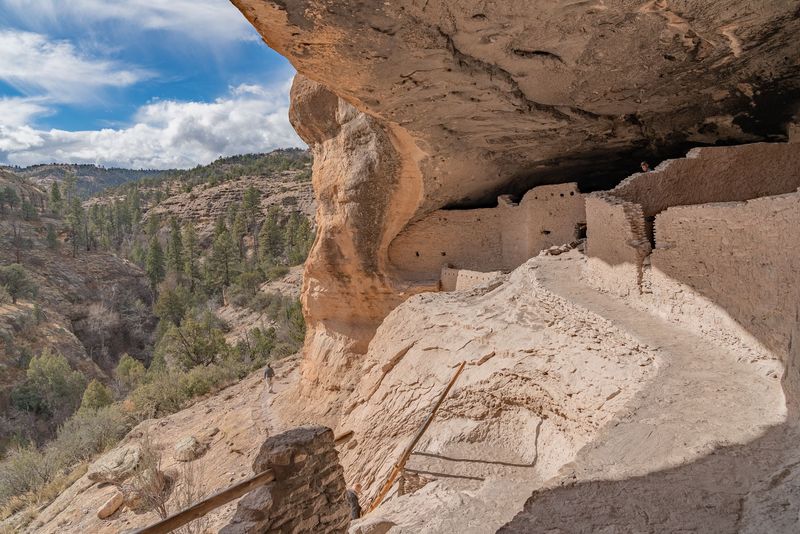
The Gila Cliff Dwellings in New Mexico offer a glimpse into the lives of the Mogollon people. These ancient structures, nestled within the cliffs, were once home to families living in harmony with their environment.
Imagine the daily rhythms of life, children playing and elders sharing stories, all set against the breathtaking backdrop of the rugged landscape. The dwellings reflect a lifestyle deeply connected to nature.
Today, the site invites exploration, allowing visitors to step back in time and experience the beauty and ingenuity of ancient living. It’s a tribute to human resilience and adaptability.
Ozette Archaeological Site
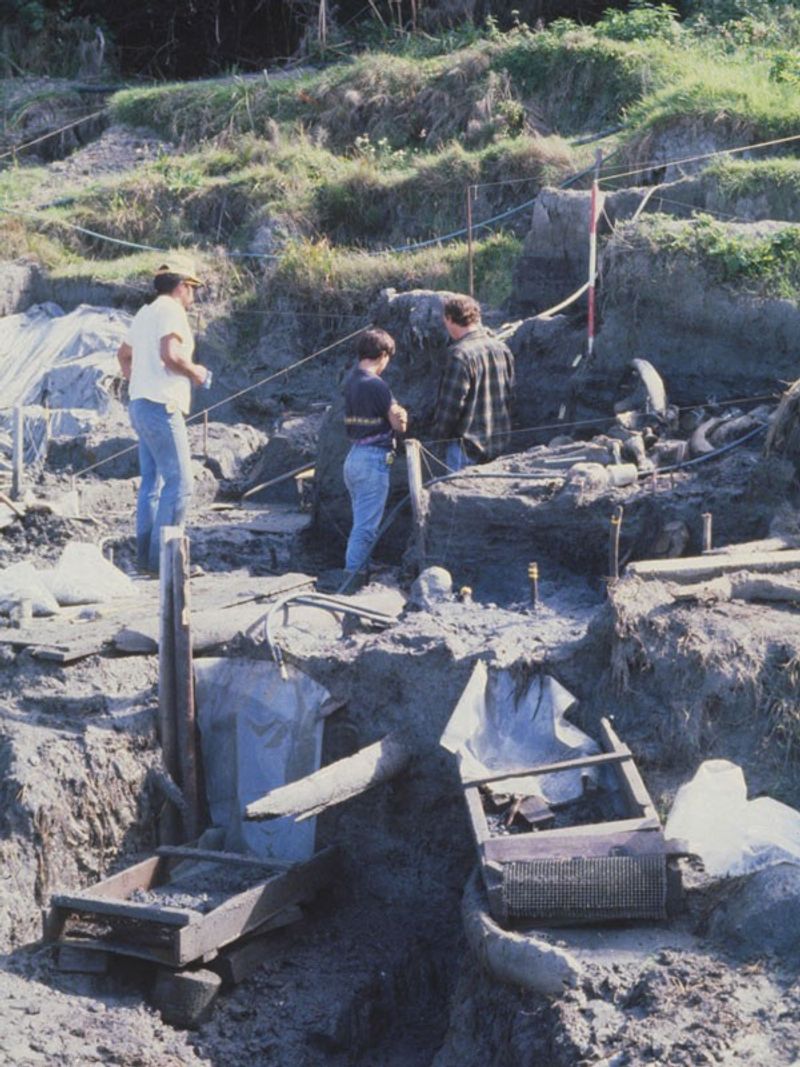
The Ozette Archaeological Site in Washington reveals a remarkable snapshot of Makah culture. Buried by a mudslide hundreds of years ago, the site preserved artifacts in stunning detail.
Imagine a thriving community, with tools, houses, and art frozen in time. The excavation uncovered a treasure trove of cultural heritage, providing insights into the daily lives of the Makah people.
Exploring this site today, one can sense the vibrant history and craftsmanship of the ancient inhabitants. It’s a powerful reminder of the rich tapestry of human life, woven into the landscape.
